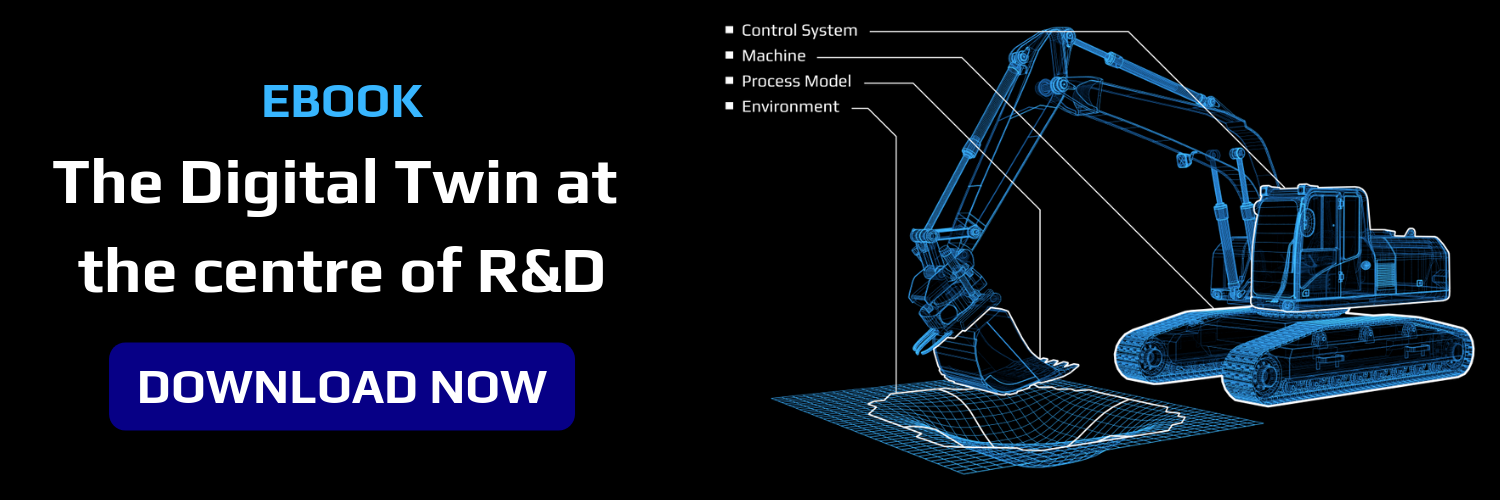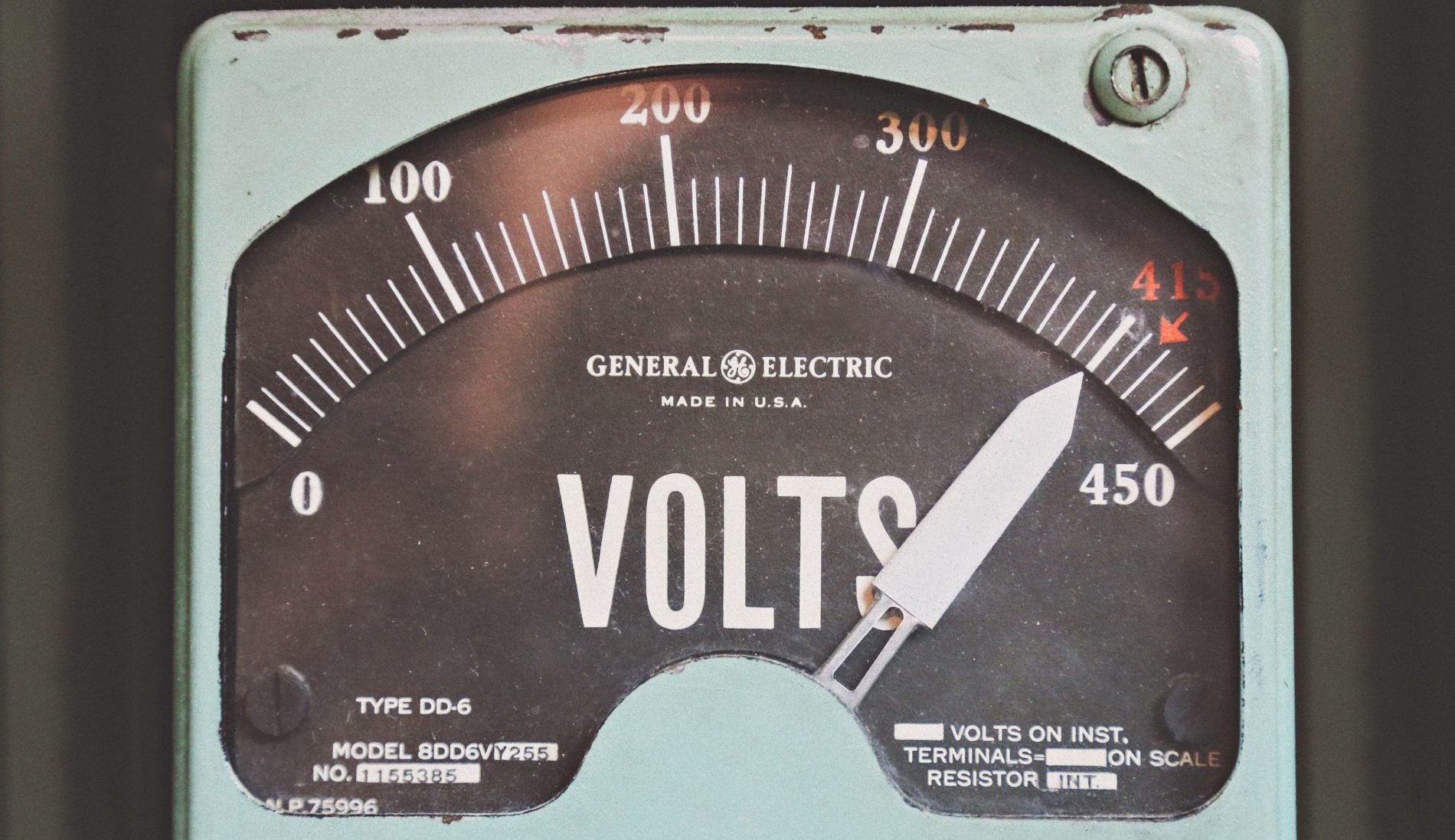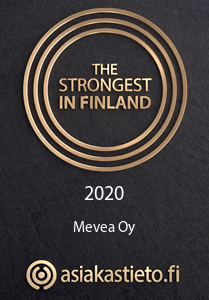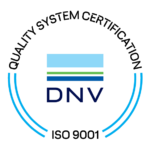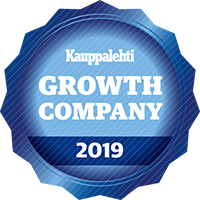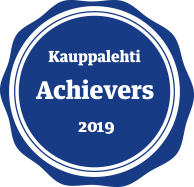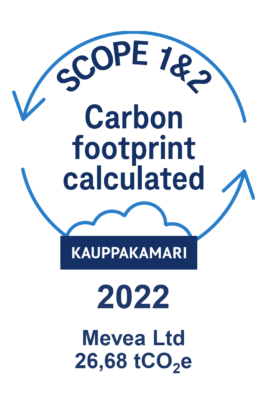Internal combustion or electric?
Although the diesel combustion engine currently remains the most appropriate power source for larger machines, OEMs are increasingly looking at hybrid and electric drivelines to continue reducing emissions and fuel use, as well as providing optimized performance. In its Bauma industry barometer, Messe Munchen said that 32% of survey respondents rated “Research into machines and vehicles with electric drive systems” as most important for their business going forward.
Fuel cost is one of the main factors affecting Total Cost of Ownership (TCO), which is why applying an electric motor as a sole or a secondary power source to propel a machine or aid in its main function can have a big impact on the operating cost of a machine. An efficient way in which OEMs apply electrification is series hybridization, where the power plant of the machine operates independently producing electric energy efficiently to the batteries of the machine or directly to the drivelines. The load fluctuations of these drivelines are not experienced by the power plant.
This enables highly efficient use of the diesel engine powering the machine, achieving an up to 50% savings in fuel consumption without negative impacts on machine performance.

Not just a new driveline, but a new design
However, integrating fully electric or hybrid drivelines and systems is a step change from the evolutionary development path taken so far in the industry and may require a fundamental machine redesign. New driveline topologies need to be designed, battery packs, electric motors and power electronics need to be dimensioned and integrated, and significant changes to software and control systems need to be implemented to operate the machine. In a traditional R&D process, the scale of these changes would mean that several rounds of physical prototypes need to be created to understand and test the characteristics and functionality of the system as a whole. Even then, orchestrating the mechanical, electronic and software components to operate smoothly would be an iterative process that poses a serious risk of project delays.
Designing electric and hybrid machines with Digital Twins
This is where the physics-based Digital Twin makes a difference. By applying life-like virtual prototyping, a virtual multi-body simulation model of machine, environment and work process can be used to dimension and test various hybridization concepts in real-time and iterate the driveline to a much further state before physical prototypes are needed.
Since the virtual prototype of the machine mirrors the behavior of its real-life counterpart accurately, it can interface with a wide variety of systems and stakeholders during the Product Design stages.
The Digital Twin-centric R&D process produces a highly accurate model of the new machine, the work process and its environment. This allows the Design team to test different subsystems and their interaction with the virtual machine in real-time. As the Digital Twin is connected to the real control system, changes to the software and control mechanisms can be implemented and tested in parallel, increasing accuracy, reducing errors and saving valuable time in the process. For example, the parameter changes can be experienced, tested and – if need be – corrected instantaneously.
A real-life example of a Digital Twin-centric comparison of fuel consumption between a full Diesel- and a Hybrid-powered Underground Loader can be found in the figure below. Over six cycles of hauling rocks in the same modelled mine environment, the Hybrid Loader uses roughly half of the amount of diesel fuel compared with the fully Diesel powered one, while load cycles remained the same in terms of spent time, taken route and hauled tonnage. Similar results have been achieved with serial hybridization of construction equipment in real-life and verify the accuracy of the physics-based Digital Twin simulation results.

Conclusion
The electrification or hybridization of Construction Equipment requires a step-change in OEM’s product development processes. Through its properties of real-time simulation of the machine, its environment and work process, the Physics-Based Digital twin acts as an accurate representation of its real-life counterpart that seamlessly bridges the virtual and physical world. Putting the physics-based Digital Twin at the heart of your R&D process is a proven way to decrease development lead-times, increase software quality and accelerate the rate of innovation needed to develop the next generation of electrified machines.
